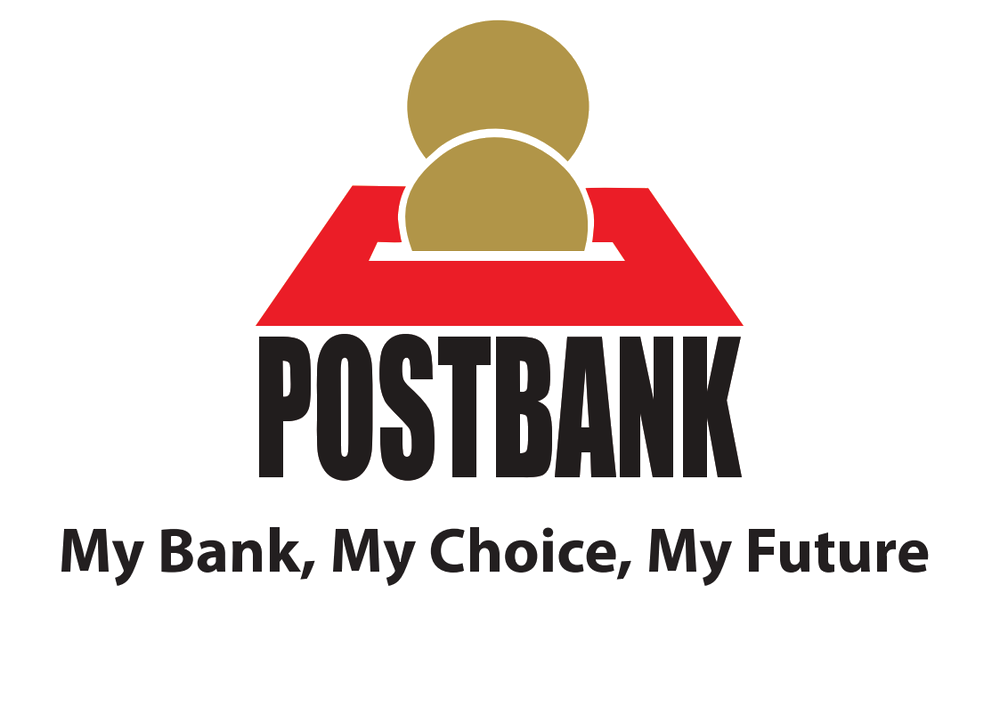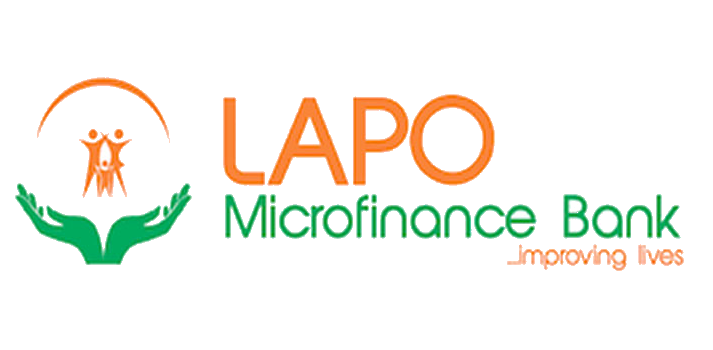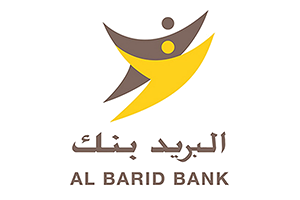Due to the COVID-19 related context, ESBG calls for a reduction of contributions made to the Single Resolution Fund (SRF) for 2021. The sharing of information regarding the calculation of the contributions should also be urgently revised for the sake of transparency. Banks have swings in their contribution between 10% and 50% and these amounts are not immaterial for them. They need this information in order to do their budgeting in a better way.
More proactive planning of the SRB cycle and realistic timeframes would also lift a huge burden from the shoulders of the financial institutions. Covered deposits’ information and coefficients could be disclosed at an earlier date in order to help banks modelise their SRF contributions in due time. The calculation of target level could also be shared by the SRB in a timelier manner which would help savings and retail banks for preparing their audit trail. Another aspect of the calculation methodology that would deserve more transparency are linked to the parameters associated to the calibration of the bins for individual risk indicators.
Identified Concerns
The raise of total covered deposits in recent years leading to an increase of the SRF contribution amounts is concerning as it diverts parts of banks’ resources from the real economy channel. This trend is expected to continue in 2020 as covered deposit amounts are predicted to go up in the context of COVID-19. The volatility of the covered deposit amounts is therefore concerning for ESBG members as it creates uncertainty to the annual amount to be contributed by banks to the Fund. Current market conditions are additionally putting pressure on savings and retail banks who are facing liquidity constraints thus weighting on their capacity of transforming deposits into loans to the real economy. More than ever, savings and retail banks need to be considered as key players in helping mitigate the impact of the COVID-19 crisis. With many business sectors severely challenged, the demand for business loans and financing is immense, particularly for small and medium enterprises (SMEs). The specificities of the current COVID-19 crisis must push authorities and regulators to respond adequately to the significant pressure put on the financial sector. As much as possible, authorities should re-assess current priorities in the SRF regulatory framework and develop policies that allow financial institutions to direct available resources to the real economy in order to support growth and jobs. Regulatory requirements governing recovery and resolution of banks in distress should be given the necessary flexibility in order to further provide liquidity to the banking sector and contribute to the recovery of the European economy as a whole.
Why Policymakers Should Act
More than ever, savings and retail banks need to be considered as key players in helping mitigate the impact of the COVID-19 crisis. With many business sectors severely challenged, the demand for business loans and financing is immense, particularly for small and medium enterprises (SMEs). The specificities of the current COVID-19 crisis must push authorities and regulators to respond adequately to the significant pressure put on the financial sector. As much as possible, authorities should re-assess current priorities in the SRF regulatory framework and develop policies that allow financial institutions to direct available resources to the real economy in order to support growth and jobs. Regulatory requirements governing recovery and resolution of banks in distress should be given the necessary flexibility in order to further provide liquidity to the banking sector and contribute to the recovery of the European economy as a whole.
Background
The Single Resolution Fund (SRF) was established in 2016 in the context of the Single Resolution Mechanism (SRM) and enacted through an intergovernmental agreement (IGA) on the transfer and mutualisation of contributions to the SRF. The SRF pools contributions which are raised on an annual basis at national level from credit institutions within the 19 participating Member States. The objective of the SRF is to finance the restructuring of failing credit institutions at a minimum cost for taxpayers. In this logic, a precondition for accessing the Fund is the application of a minimum amount of creditors’ bail-in (8% of total liabilities) as laid down in the BRRD and in the SRM. The total amount in the SRF currently stands at €42 billion. The target level of the SRF to be reached by the end of 2023 amounts to 1% of the covered deposits of all banks in participating Member States and is expected to exceed €60 billion.
related
European Banking Authority (EBA) on ESG risk management
The European Savings and Retail Banking Group (ESBG) submitted its response to the consultation launched by the European Banking Authority (EBA). ESBG insists on the need for consitency with CSRD and CSDDD, the addressees of this guideline should also
Enhancing Transparency in Bank Disclosures: ESBG delivers comprehensive response to the EBA’s Pillar 3 data hub consultation
On 14 December 2023, the European Banking Authority (EBA) published a discussion paper on the Pillar 3 data hub processes and its possible practical implications.
IASB Exposure Draft (ED) on Financial Instruments with Characteristics of Equity
On 29 November 2023, the International Accounting Standards Board (IASB) proposed amendments in an Exposure Draft to tackle challenges in financial reporting for instruments with both
ESBG’s response to the EFRAG Comment Letter on Financial Instruments with Characteristics of Equity
On 29 November 2023, the International Accounting Standards Board (IASB) proposed amendments in an Exposure Draft to tackle
ESBG advocates for increased clarity and streamlining of supervisory reporting requirements
On 14 March, ESBG submitted its response to the European Banking Authority (EBA) consultation on ITS amending Commission Implementation Regulation (EU) 2021/451 regarding supervisory reporting
WSBI-ESBG advocates for robust implementation of the BCBS Pillar 3 framework for climate-related financial risks
On 14 March, WSBI-ESBG submitted its response to the Basel Committee on Banking Supervision (BCBS) consultation on its Pillar 3 disclosure framework for climate-related financial risks
ESBG stresses the need for consistency and clarity in its Response to the SFDR Review Consultation
ESBG submitted its response to the European Commission’s consultation on the SFDR review, aiming to enhance transparency in sustainability-related disclosures within the financial services sector
ESBG response to the EBA’s consultation on Guidelines on preventing the abuse of funds and certain crypto-assets transfers for ML/TF
The guidelines on the “travel rule” delineate the actions that Payment Service Providers (PSPs), Intermediary PSPs
ESBG responds to the SRB consultation on the future MREL policy
The European Savings and Retail Banking Group (ESBG) submitted its response to the consultation launched by the Single Resolution Board (SRB) in December 2023 on the future of the Minimum Requirement for own funds
ESBG’s response to the Commission’s consultation on the GDPR
The primary EU legislation ensuring the fundamental right to data protection is the General Data Protection Regulation








































